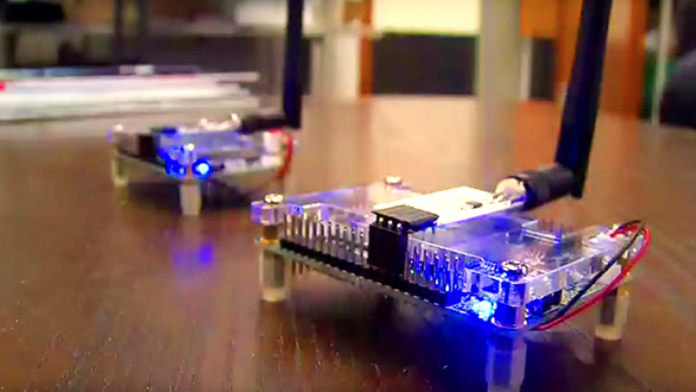That is why it is evolving to keep up what we need now. For example, in 2017 we will see the first WiGig products, which will offer high-speed Wi-Fi that will be almost double from the current one of 4.5 Gbps to reach 8 Gbps. We also have the example of Li-Fi, a faster wireless connection than Wi-Fi which travels through the light. But what about energy consumption? It is what has made a team of engineers at the University of Washington, who worked surprisingly to reduce energy consumption. This passive Wi-Fi, which is the name given to this new system, uses 10,000 times less power than conventional signals and their creators claim it will be compatible with current smartphones and routers.
As stated in the portal Android Authority, while continuing the work to increase performance, the engineers’ team has managed to achieve the download speeds of 11 Mbps with this passive Wi-Fi system, which equates to the current speed of LTE. According to one of the team members, they sought to see if they could get Wi-Fi transmissions hardly lose energy. And it is precisely what offers this new system, with a reduction of 10,000 times the energy consumption is obtained. This technology can be very advantageous for the electronics industry in general, but especially in relation to phone and tablet industry because they often rely on a wireless connection and have short waiting times compared to other devices. The passive Wi-Fi has been listed as one of the ten most innovative technologies of 2016, according to the prestigious MIT Technology Review. But, as detailed Science Alert, this system has yet to be reviewed and verified. In any case, it is a system that offers many advantages. From the University of Washington say that the application of passive Wi-Fi could allow the arrival of new communications devices that have not been possible so far since the energy demands exceed available power sources. Welcome, Wi-Fi passive, we hope that it may extend the life of our mobile devices.


